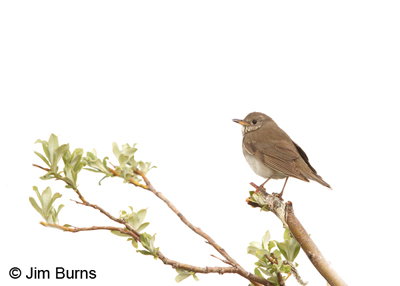
Unbeknownst to me at the time, my lovely wife was hiding in the woods with a camera. Also unbeknownst to me then, over two decades ago, I was practicing Shinrin-Yoku. This is a Japanese term that translates to “forest bathing,” and I was forest bathing in both the obvious, literal sense but also in a more recent figurative sense. The latter is a
Japanese preventive healthcare method, developed there in the 1980s, that involves immersing oneself and all of ones senses--sights, sounds, and smells--in nature.
Medical research from several countries has proven immersion in the natural world has quantifiable health benefits, both physical and mental. Here’s a short list of bullet points in the first category: reduced blood pressure; reduced levels of stress hormones; reduced blood sugar; increased white blood cells needed to fend off infection and cancer. Less quantifiable but no less helpful corollary outcomes in the second category include increases in creativity, problem solving, focus, self-confidence, and empathy.
The year I was caught on film forest bathing was 1997. We had spent all day hiking up and around Mt. Mansfield in Vermont looking for Bicknell’s Thrush led by good friends with whom we were staying in their nearby rustic cabin. The cabin’s only “shower” was the drip they had macgyvered down the hill in the woods. Technically I was washing away the sweat and fatigue of a day long backpack in the mountains, but relaxing with that outdoor shower was, theoretically, the highlight of the day.
Shinrin-Yoku, though, comes with some caveats. Forest Therapy, in the truest sense of its Japanese origins, is NOT a physical challenge, a fitness exercise, or a guided naturalist adventure. Cell phones, guide books, lists, and competitive birding friends should be left in the parking lot. So, no, the benefits of Shinrin-Yoku won’t be as great when you engage in a “hard core” birding adventure. Still, it would be difficult to convince me my adult lifetime of birding has not contributed to a long and joyful life.
Many citizens of the planet discovered the outdoors during the pandemic. This surge in interest and appreciation for nature, though recent, will hopefully not be too late to save the planet and its species which, by the way, includes us. A recent survey concluded that the average citizen of the earth spends 87% of their time indoors and 6% in a vehicle. These things go against genetic programming, now buried deep and seemingly long forgotten in our modern social selves. We need to get back to our ancient roots.
I’m guessing even owning a convertible and commuting with the top down would help a little. The message here, then, is that when you’re out with your binoculars, be sure to engage and help the beginning birders and the non-birders you see on the trails. Let them know what you’re doing, why you enjoy it, and how our and their activities benefit all of us. They are good for birding, and being outdoors in nature is good for them. As they begin caring about what they see and feel out there, they will add to the growing numbers of our planet’s caretakers.